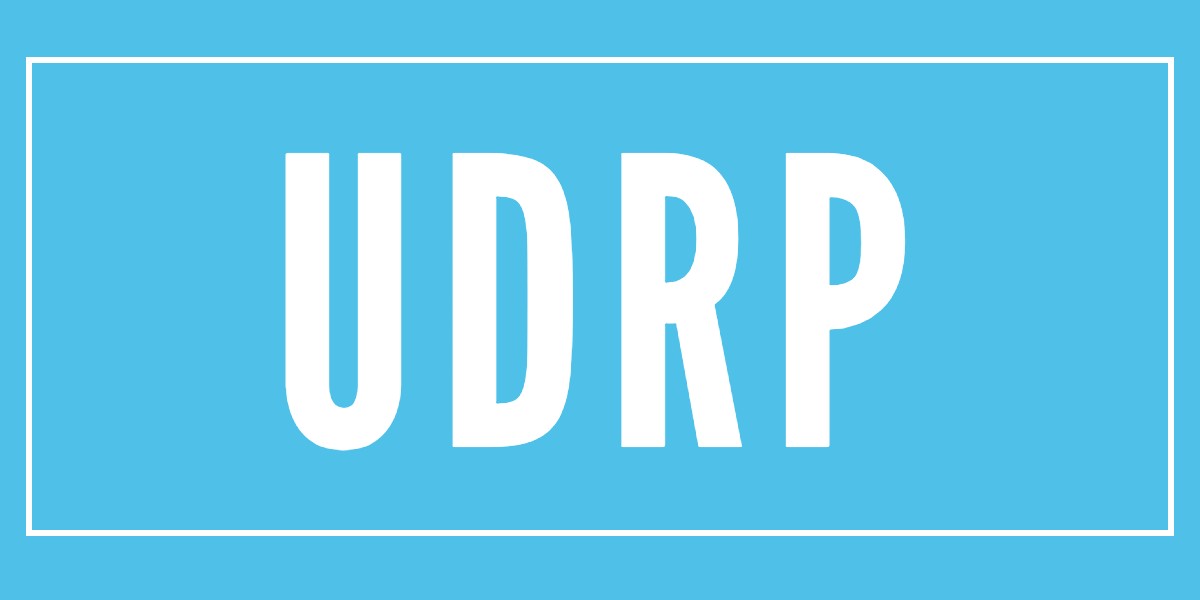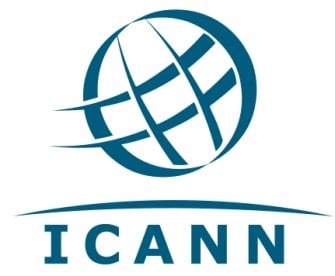[ad_1]
New process unlocks Whois information for $500 or less.
With public Whois information becoming a thing of the past, companies might be using UDRP as a backdoor way to access domain name ownership information.
UDRP providers have changed their process in the wake of GDRP, a European policy that obscures Whois information for most domain names. Now, when a company files a cybersquatting dispute, the provider will contact the registrar and obtain the Whois information. The provider then relays this to the complainant and invites them to amend their case with the new information.
Knowing the identity of the registrant can be critical to a complainant’s case. They might find out that the domain name owner’s surname matches the domain, or the registrant has another legitimate reason to own the domain that can be deciphered by knowing who the owner is.
A company might legitimately file a case because of unknowns, only to resolve those unknowns when the Whois information is provided. That’s a great time (and legitimate reason) to withdraw a case, although not all Complainants withdraw cases even when presented with ownership information that kills their arguments.
There is a time window after the registrant information is provided to the complainant and before the case is commenced, in which the complainant can withdraw a case before a domain owner is notified of official commencement of the case. For example, WIPO provides the Complainant five days to amend the complaint and does not provide a copy of the complaint to the Respondent at that point. The complainant can get most of their money back and walk away with the domain owner’s identity during this time. (WIPO says that roughly 20% of cases filed with WIPO are settled prior to panel appointment, but does not provide figures on how many terminations occur before commencement.)
Once the case has formally commenced, it can be more difficult to withdraw a case because the domain owner can object at that point. The domain owner might not want to allow the complainant to walk away without assurances that the complainant won’t further pursue the domain through courts or a re-filed UDRP, now that they have identified the domain owner.
But is this new process creating a guaranteed way for companies to get private Whois information for a small fee? WIPO refunds $1,000 of the $1,500 filing fee if a case is withdrawn before panel assignment. Czech Arbitration Court charges only $400 for a single domain case if it’s withdrawn before panel formation.
Attorney John Berryhill has noticed a handful of cases that seem to be withdrawn shortly after the Whois information is provided. Again, a company might legitimately do this if presented with new information that hurts its case. But in one case with a client this year, the complainant reached out after filing a UDRP and getting the Whois information. They wrote, “We are extremely happy to finally have someone we can talk to in this matter.”
By filing a UDRP, a company is almost guaranteed to get the identity of the registrant. It might be faster and cheaper than getting the information through other means, such as a court order or Tucows’ paid Tiered Access service.
While there are only anecdotes at this time, it seems that some companies are using UDRP as a new way to collect Whois information on domains that interest them.
Post link: Are companies using a new UDRP process to get access to private Whois information?
© DomainNameWire.com 2021. This is copyrighted content. Domain Name Wire full-text RSS feeds are made available for personal use only, and may not be published on any site without permission. If you see this message on a website, contact editor (at) domainnamewire.com. Latest domain news at DNW.com: Domain Name Wire.
[ad_2]
Source link




